Ever walked into your home and wondered, ‘What’s that funky smell?’ Even the cleanest houses can harbor sneaky odors that leave guests wrinkling their noses.
These persistent smells aren’t just unpleasant—they can signal underlying issues that need attention. Let’s unmask the common culprits behind those mysterious household stenches and learn how to banish them for good.
1. Forgotten Garbage Disposal

Food scraps trapped in your garbage disposal create a perfect breeding ground for bacteria and mold. Over time, these microorganisms release gases that waft up through your sink drain.
Combat the stink by grinding ice cubes with lemon peels once a week. The ice scrapes away debris while the citrus oils leave a fresh scent. For stubborn odors, try baking soda followed by vinegar for a deep-cleaning fizz.
2. Musty Carpet Fibers
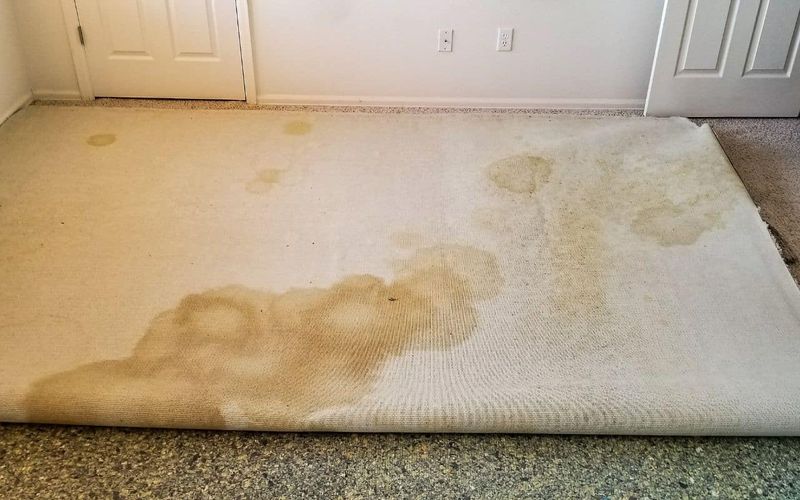
Your carpet acts like a giant sponge, soaking up everything from pet accidents to spilled drinks. When moisture gets trapped beneath the surface, it creates that classic musty smell that can permeate your entire home.
Sprinkle baking soda liberally across the carpet and let it sit overnight. Vacuum thoroughly the next day to absorb odors. For deeper issues, consider renting a steam cleaner or calling professionals if the smell persists.
3. Lingering Cooking Odors

Last night’s fish dinner might have been delicious, but now the smell is hanging around like an unwelcome guest. Strong-smelling foods—especially fish, curry, and fried items—leave oil particles in the air that settle on surfaces.
Open windows while cooking and run exhaust fans. Simmer vinegar with water and lemon peels afterward to neutralize lingering scents. Wash or dry clean fabric items like curtains that tend to trap cooking smells.
4. Stinky Pet Bedding

Fluffy’s favorite sleeping spot is harboring more than just pet hair. Pet beds collect dander, saliva, and body oils that gradually develop into that distinct ‘pet smell’ even non-pet owners can identify from a mile away.
Check if the cover is machine washable (most are) and launder it weekly with pet-safe detergent. For the inner cushion, sprinkle with baking soda, let sit for several hours, then vacuum thoroughly. Replace beds that are beyond saving.
5. Moldy Shower Curtains
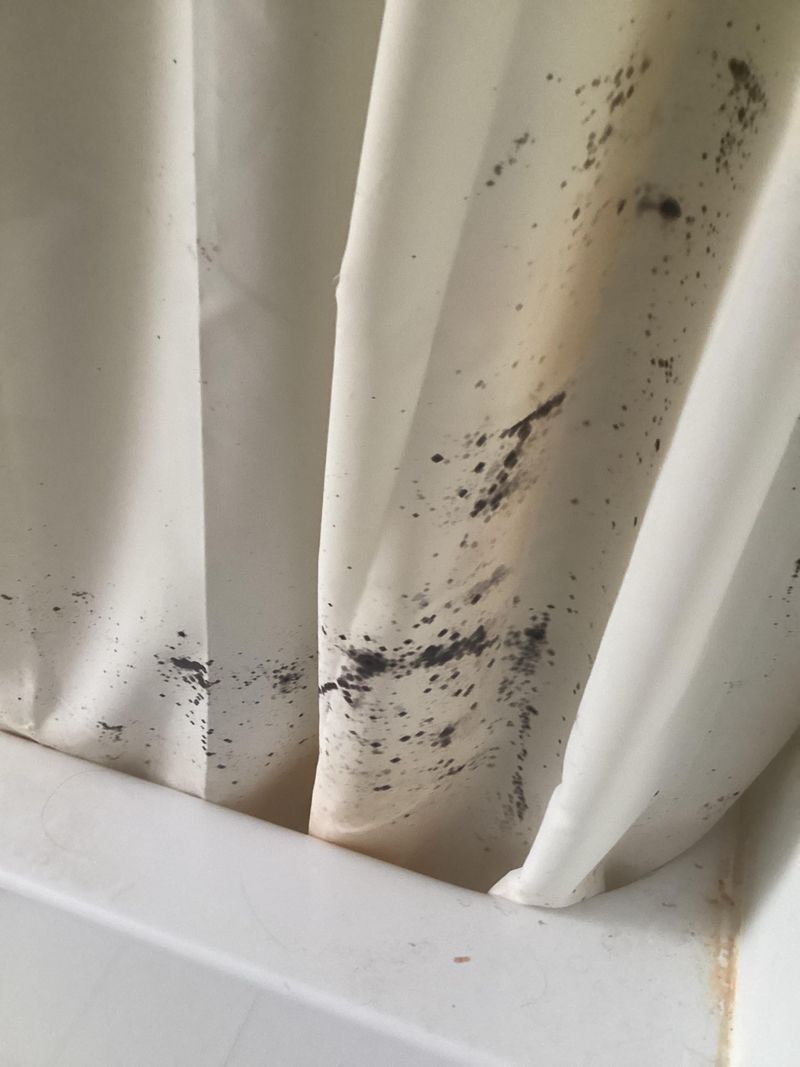
That pink or black stuff creeping along your shower curtain isn’t just unsightly—it’s releasing spores that create a damp, musty bathroom smell. The warm, humid environment makes shower curtains prime real estate for mold and mildew.
Toss fabric curtains in the washing machine with a cup of vinegar. For plastic liners, soak in a tub with diluted bleach solution. Prevent future growth by spreading the curtain open after showers so it can dry completely.
6. Dirty Refrigerator Coils
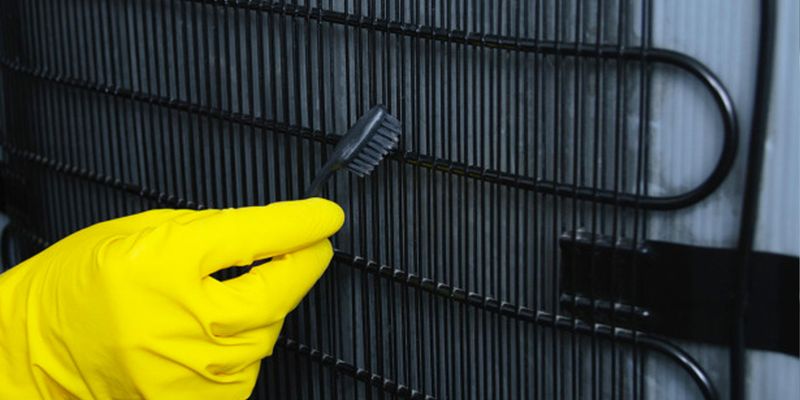
Bet you didn’t know those dusty coils behind your fridge could make your kitchen stink! When coils get caked with dust and pet hair, they can overheat, burning the debris and creating a subtle but persistent burning odor.
Pull your refrigerator away from the wall twice yearly. Use a coil brush or vacuum attachment to gently remove buildup. This not only eliminates strange smells but also improves efficiency and extends the life of your appliance.
7. Front-Loading Washer Funk
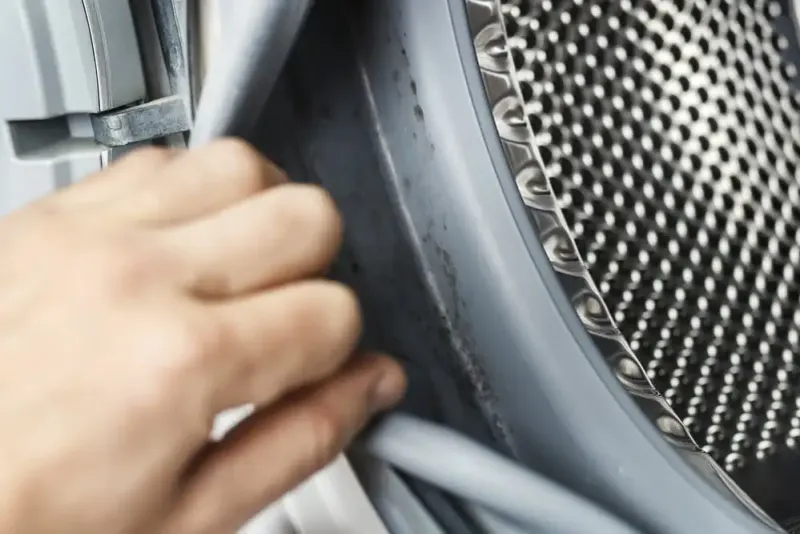
Your clothes washer might be making your clean laundry smell worse than when it went in! Front-loaders are especially prone to developing mildew around the rubber door gasket, where water gets trapped after each cycle.
Wipe down the rubber seal after each use and leave the door ajar between loads. Run a monthly cleaning cycle with white vinegar or washing machine cleaner. Remove any visible gunk from the gasket using a toothbrush and diluted bleach solution.
8. Stagnant Houseplant Water
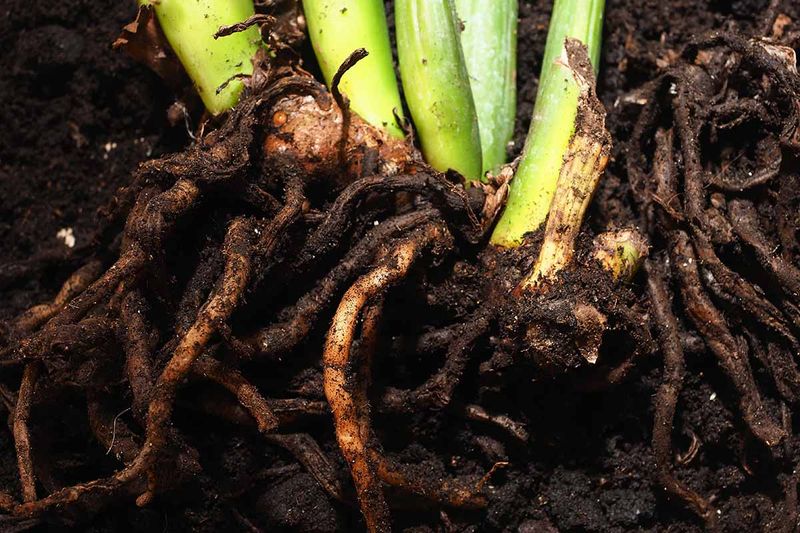
Those beautiful houseplants might be hiding a smelly secret. Overwatering leads to root rot and bacterial growth in the soil, creating a swampy, rotten egg smell that can permeate nearby areas.
Allow soil to dry out between waterings and never let plants sit in standing water. Remove dead leaves promptly, as decomposing plant matter stinks. For severe cases, repot the plant with fresh soil after trimming any rotted roots.
9. Clogged HVAC Systems
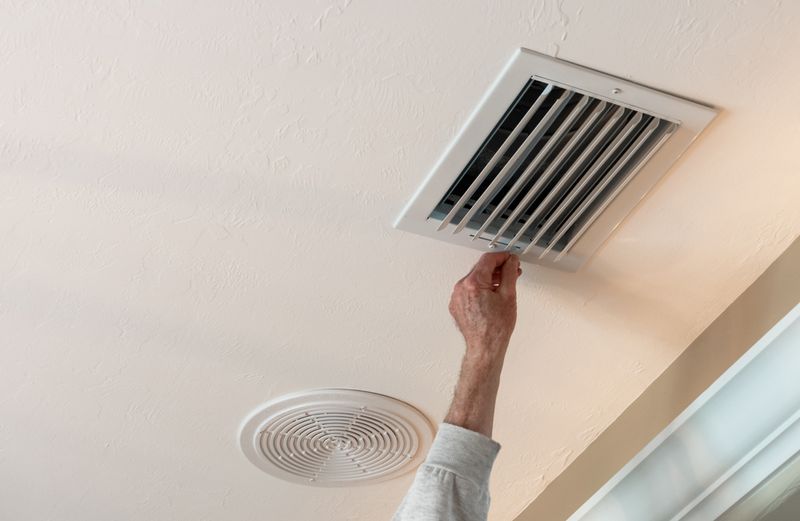
Turn on your heater for the first time in months and suddenly your house reeks like burnt dust? That’s all the accumulated debris in your vents and ducts being heated up and circulated throughout your home.
Replace air filters every 1-3 months depending on your household (more frequently with pets). Schedule professional duct cleaning every 3-5 years. Vacuum visible dust from vents and registers regularly to prevent that seasonal burning smell.
10. Hidden Mouse Nests
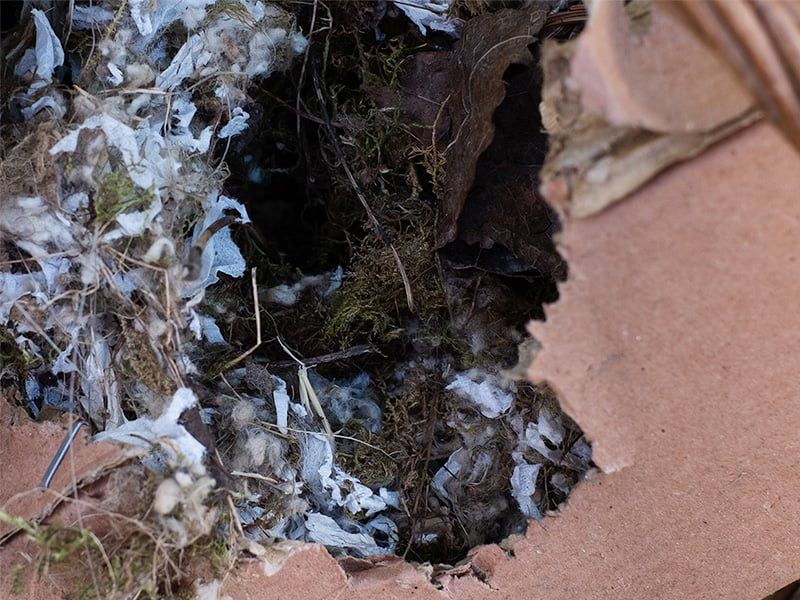
If you’re detecting a strange, musky odor that seems to come and go, you might have unwanted roommates. Mice leave behind droppings and urine that create a distinctive ammonia-like smell, often concentrated in walls, attics, or under appliances.
Set humane traps in suspected areas. Seal entry points around pipes and foundations with steel wool. Once the critters are gone, thoroughly clean affected areas with enzyme cleaners designed for removing animal odors.
11. Smelly Dishwasher Filter
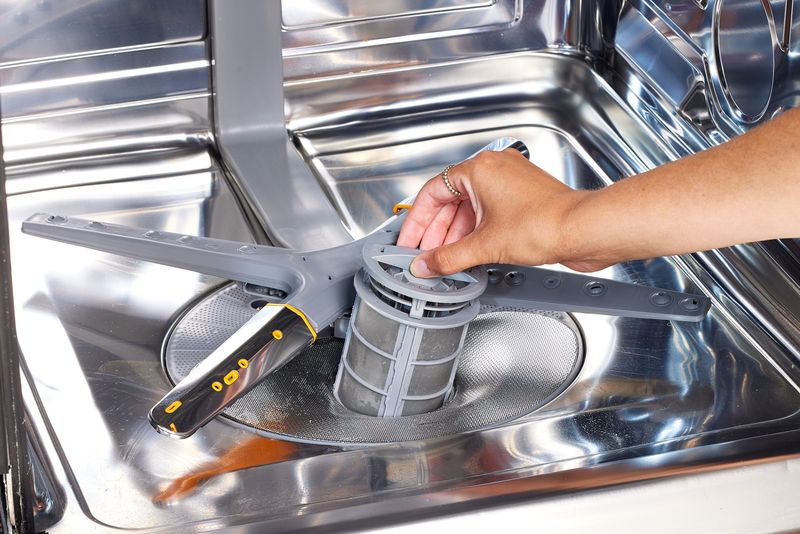
Surprised your dishwasher might be the source of kitchen funk? Most people don’t realize dishwashers have filters that need regular cleaning. Food particles get trapped and decompose, creating that distinctive dirty dishwater smell.
Locate your dishwasher’s filter (usually at the bottom) and remove it. Soak in warm, soapy water, then scrub gently with an old toothbrush. Rinse thoroughly before replacing. Run an empty cycle with a cup of vinegar to freshen the entire appliance.
12. Damp Basement Corners
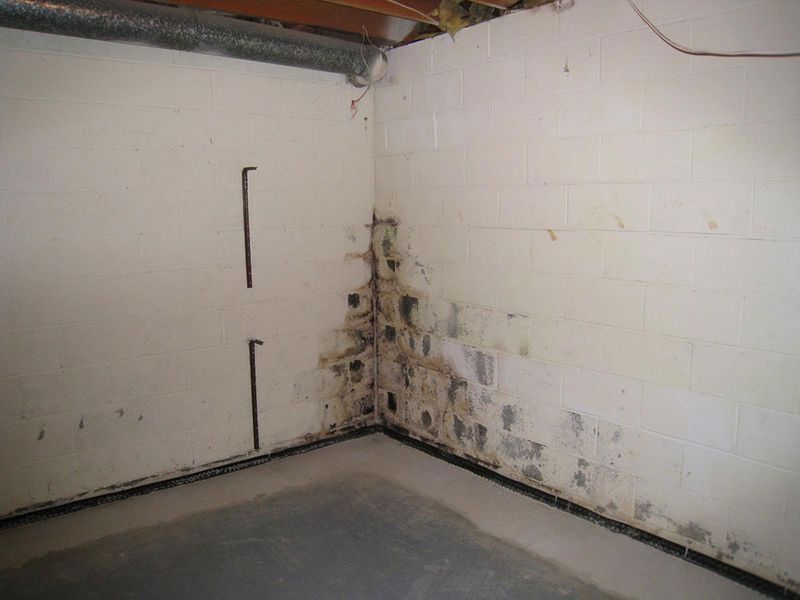
That earthy, musty smell wafting up from below isn’t just unpleasant—it signals moisture problems. Basements naturally collect humidity, creating perfect conditions for mold and mildew growth, especially in corners and behind stored items.
Run a dehumidifier to keep humidity levels below 50%. Check for water leaks around the foundation and fix immediately. Store items in plastic containers rather than cardboard boxes, which absorb moisture and promote mold growth.
13. Dirty Dryer Vents
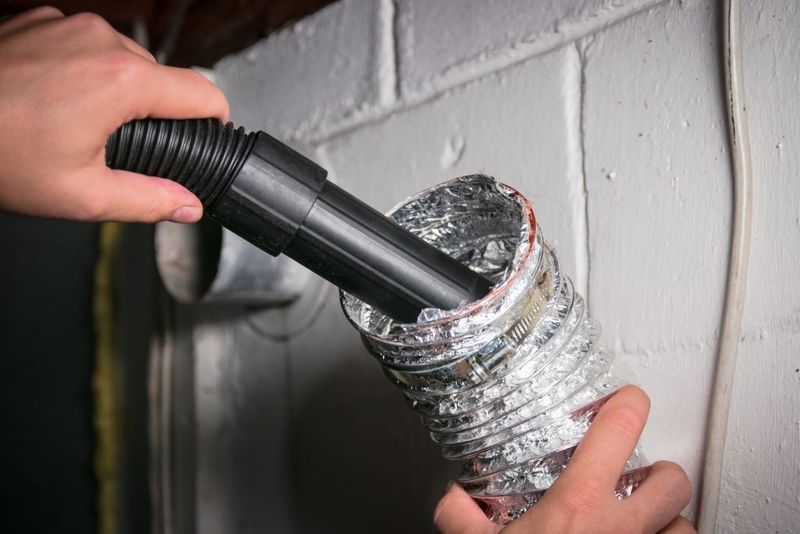
Notice a musty smell when you run your dryer? Lint buildup in dryer vents creates a fire hazard and traps moisture, leading to mildew growth and unpleasant odors that permeate your laundry room and beyond.
Clean the lint trap after every load—this is just step one! Annually, disconnect the dryer and vacuum the vent duct thoroughly. For severe buildup, hire a professional vent cleaning service. This simple maintenance prevents both smells and dangerous house fires.
14. Stale Upholstery Odors

Your comfy couch has absorbed years of spills, body oils, and food crumbs. Over time, these accumulated substances break down and release odors that become more noticeable in humid weather.
Sprinkle baking soda liberally over upholstery and let sit overnight before vacuuming thoroughly. For deeper cleaning, rent an upholstery cleaner or hire professionals. Protect furniture with washable throws that can be laundered regularly to prevent future buildup.
15. Rancid Cooking Oils

That bottle of olive oil you’ve had since last year? It might be turning your kitchen funky! Cooking oils go rancid over time, especially when stored near heat sources like stovetops. The resulting smell is subtle but pervasive.
Store oils in cool, dark places away from the stove. Use oils within their recommended shelf life—about 3-6 months for most cooking oils once opened. Wipe down cabinet interiors where oils may have dripped or spilled.
16. Overlooked Trash Can
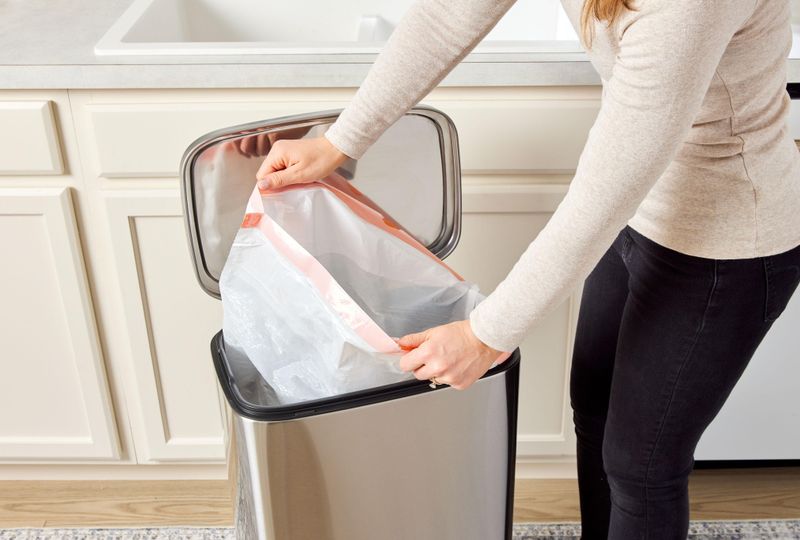
Even empty trash cans harbor odor-causing bacteria in their nooks and crannies. Small spills and leaks create a biofilm on the interior that continues generating smells long after the trash is gone.
Scrub inside and outside your bins monthly with disinfectant or a vinegar solution. Sprinkle baking soda in the bottom before adding a new bag. For plastic bins, leave them in the sun occasionally—UV light helps kill odor-causing bacteria.

